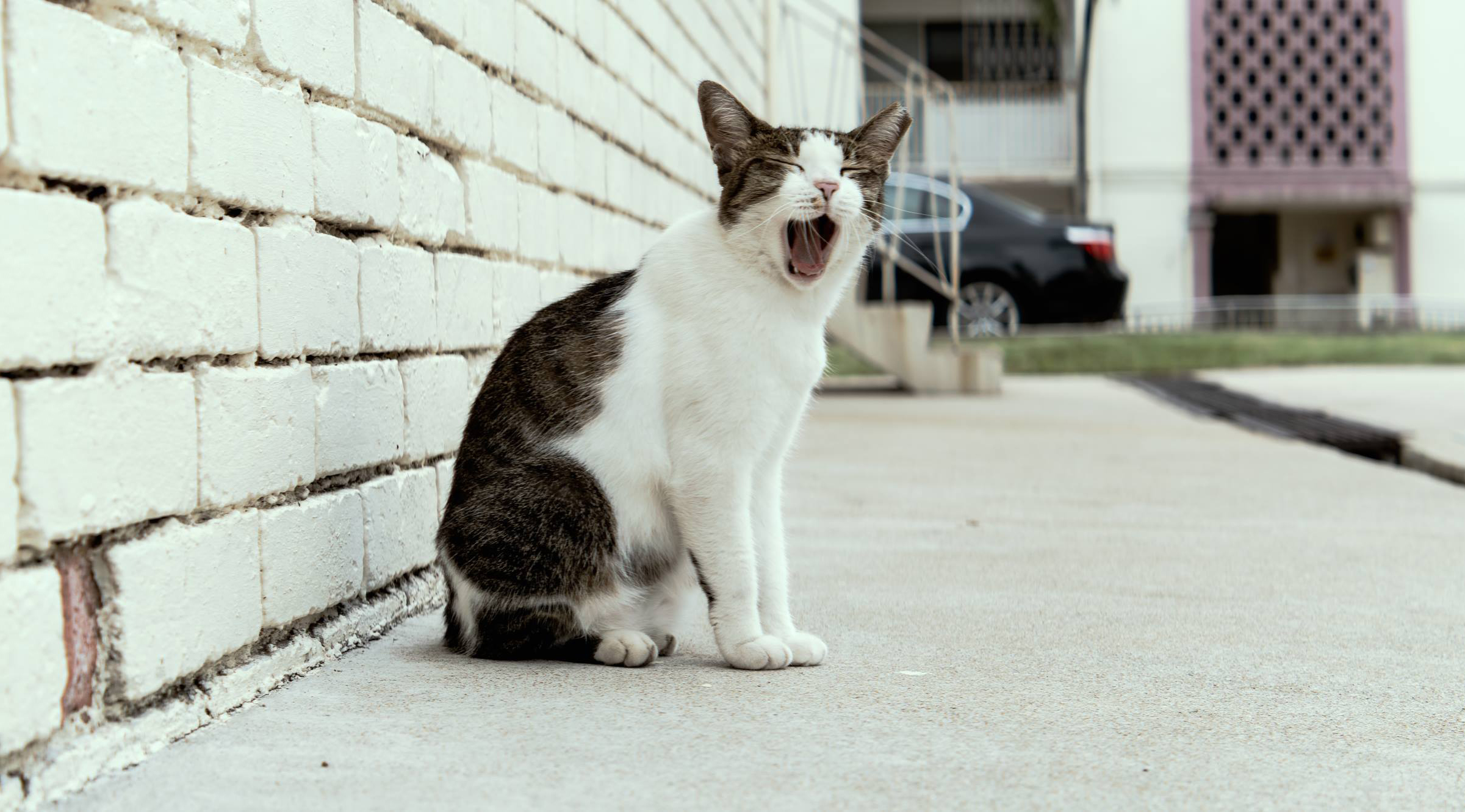
The Housing and Development Board’s (HDB) controversial ban on pet cats was in the spotlight again last month, when residents in Woodlands complained about a neighbour’s cat accused of urinating and defecating in the common corridor.
The ban has been in place since 1989. The HDB’s website on types of pets allowed states that: “Cats are not allowed in flats. They are generally difficult to contain within the flat …, shed fur and defecate or urinate in public areas, and also make caterwauling sounds.”
Ironically, although they are banned in HDB estates, there are almost as many pet cats as there are dogs in Singapore.
Citing sources such as the Agri-Food and Veterinary Authority, Euromonitor International and Pet Expo Singapore 2016, The Straits Times reported an estimated 62,000 pet dogs and 51,500 pet cats in Singapore between 2015 and 2016. Cat adoptions are also popular — over the same period, there were 190 dog and 353 cat adoptions at the Society for the Prevention of Cruelty to Animals (SPCA).
These statistics suggest that the HDB’s ban on pet cats is rather pointless. What’s more, the ban does not take into account the fact that pet dogs may not be too different from felines. They too may relieve themselves in common areas and cause a nuisance in public areas, if their owners allow them to wander around freely.
What should be done
Why not address the problem at its source — lax or even irresponsible cat owners? Public agencies should work on educating and regulating owners. They could distribute communications material that urge a sense of responsibility and civic-mindedness among cat owners. There could also be useful information for owners on cat behaviour and how to cat-proof the home. This would contribute to ensuring the cleanliness of shared spaces such as corridors and void decks.
Besides public education, effective regulation and enforcement is necessary.
The authorities could consider implementing a licensing procedure, similar to that for dogs. A pilot programme — the Love Cats pilot programme involving about 120 households was launched in Chong Pang estate in October 2012 — has proven successful and the area’s Member of Parliament, Law and Foreign Affairs Minister K Shanmugam has said that he supports its expansion into other HDB estates.
This requires close cooperation between government authorities and animal welfare groups to register the owner and the cat, and ensure that it is sterilised and tagged. In return, this enables the authorities to document the number of cats in all HDB dwelling types, mediate complaints, and take punitive action against errant owners for pet abandonment or negligent behaviours.
However, the costs and logistics of sterilisation and microchip implantation may deter lower-income owners from doing so for their cats. While animal welfare groups provide subsidised sterilisation and microchip implantation to lower-income pet owners, they may also need public assistance, through grassroots groups for instance, with pet transport. In cases where cat owners are seniors with limited mobility, pet transport services or even private hire cars could deliver these cats to selected vet clinics for a nominal fee. This could ease the burden on elderly residents to transport the pet cats to and from the veterinary clinics and would be a useful community service for them.
There is also a need for a clearer picture of pet ownership among HDB residents, to better inform pet-related policies.
One way is to survey the state of pet ownership in HDB flats as part of the HDB Sample Household Survey, which is done once every five years to gather feedback and identify emerging trends in public housing.
While the HDB Sample Household Survey 2013 examined the residents’ profile, housing satisfaction and preferences, and social well-being, there was no information on pet ownership or residents’ perceptions towards their neighbours’ pet animals.
Collection of such data could inform housing policymakers about residents’ preferences and dislikes, which can lead to improved rulings regarding pets in flats.
Cat benefits
There are physiological and psychosocial benefits to keeping a pet cat, and this is especially pertinent as our population ages. Many cats serve as companion animals to HDB dwellers, especially seniors who are home alone for long hours. In the Handbook on Animal-Assisted Therapy by Aubrey H. Fine (2010), studies have shown that cat owners enjoy better psychological health and improved blood pressure than non-owners. In Singapore, animal-assisted therapy using cats is also gaining popularity. At the Ang Mo Kio – Thye Hua Kwan Hospital’s animal assisted therapy programme, interaction with therapy cats encourages elderly patients to be more sociable and active.
Removing the cat ban would also potentially improve the welfare of Singapore’s cats. There are many shelter cats in Singapore, which animal welfare groups are trying to rehome. HDB has relaxed its ruling for dogs since 2011 and now allows larger dogs adopted from shelters to live in HDB homes, under the Adoption and Rehoming of Dogs Scheme (Project Adore). Now, it is time to focus efforts on ensuring that pet cats can be part of our HDB communities.
Paveena Seah is a Senior Research Analyst at the IPS Social Lab, a centre for social indicators research.
This piece was first published in TODAY on 17 February 2017.
Top photo from Cats of Singapore Facebook page.
